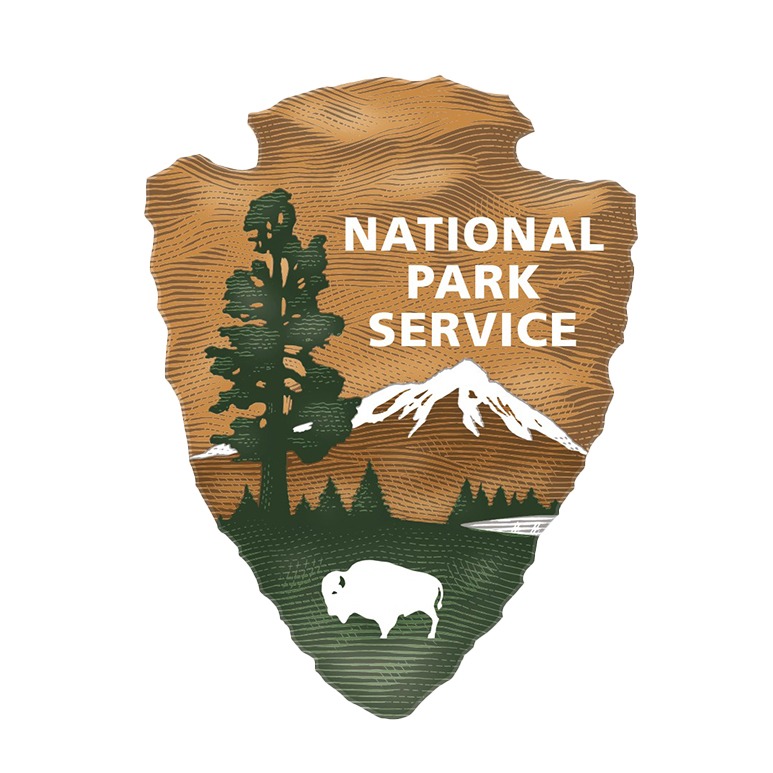*This is a 2024 archived project, view this year’s projects here.
Project overview: Create a Yosemite-specific risk map and dashboard to prepare for future drought-driven bark beetle outbreaks, which can lead to widespread loss of trees and habitat.
How your support helps: Tree mortality affects public and employee safety across the park — from campgrounds to trails to roads — and the local communities they serve. A large volume of dead trees creates higher fire danger, making prescribed burning difficult, and posing serious risks to natural and cultural resources, including habitat, cultural sites, historic structures, and more.
While climate change-induced drought is presenting serious challenges for Sierra Nevada forests, many of the region’s tree species are drought-resistant. Unfortunately, new science reveals that bark beetles are the primary cause of death for the majority of trees lost in the Sierra Nevada in recent years. The trees cannot effectively defend against insect attacks in such extreme drought conditions.
With this in mind, resource managers assert that predicting future bark beetle infestations — through lidar sensing and geospatial mapping — is key to managing and mitigating the impacts of tree mortality in Yosemite and beyond.
Building on the donor-funded Forest Vulnerability and Health project completed in 2022, this three-year effort is helping park managers identify particular sections of forest demonstrating poor canopy condition and evidence of beetle infestation. This research will help scientists develop a spatial understanding of forest areas that are particularly vulnerable to future bark beetle attacks, which could help inform future mitigation efforts.
This year: Beetle outbreaks are both becoming more likely due to drought and more predicable thanks to recent advancements in science. With this second year of the project, we will validate the predictive model developed in 2023 and develop a dashboard for visualization of the model.
Project partners: Yosemite National Park and the U.S. Geological Survey.

